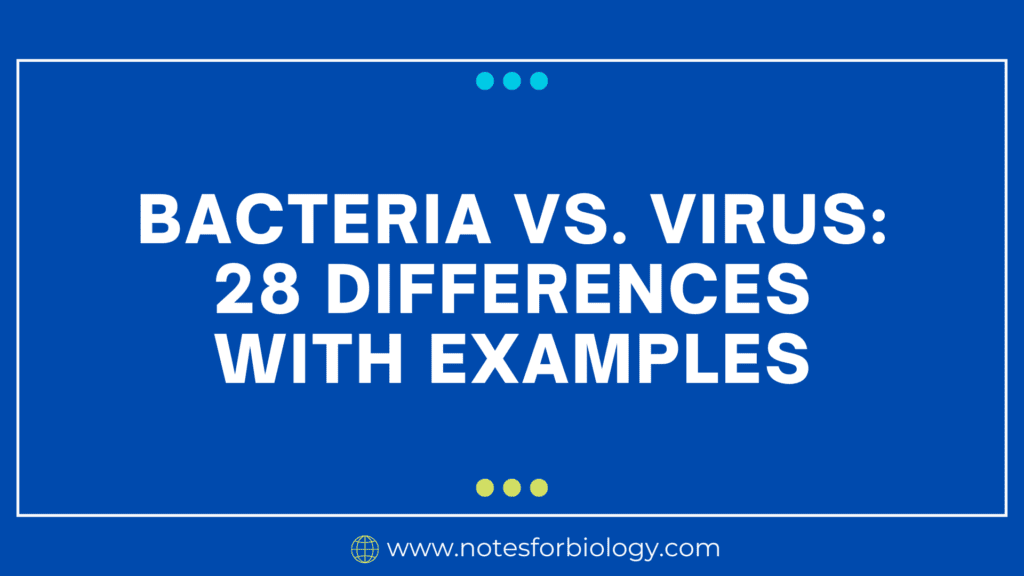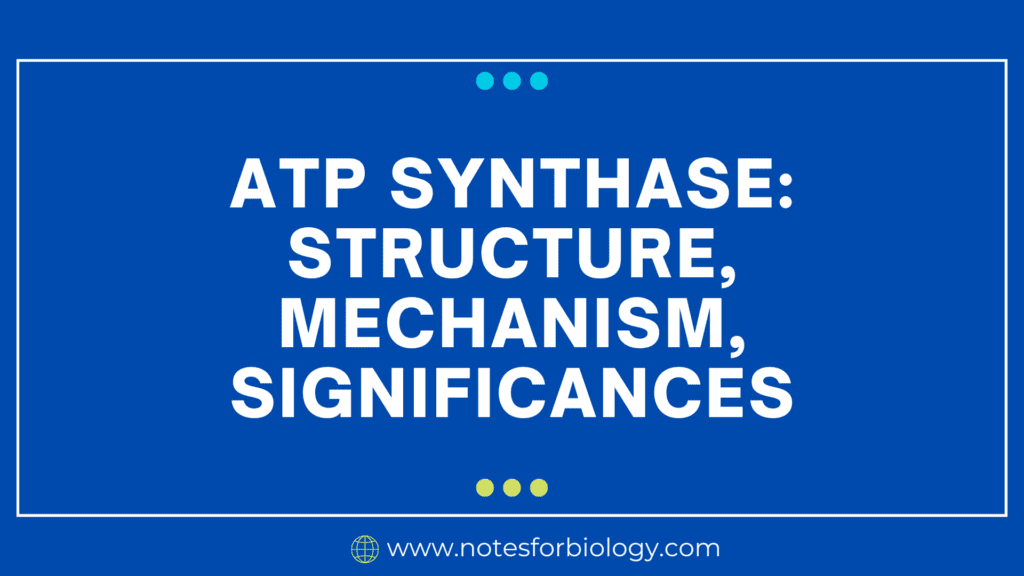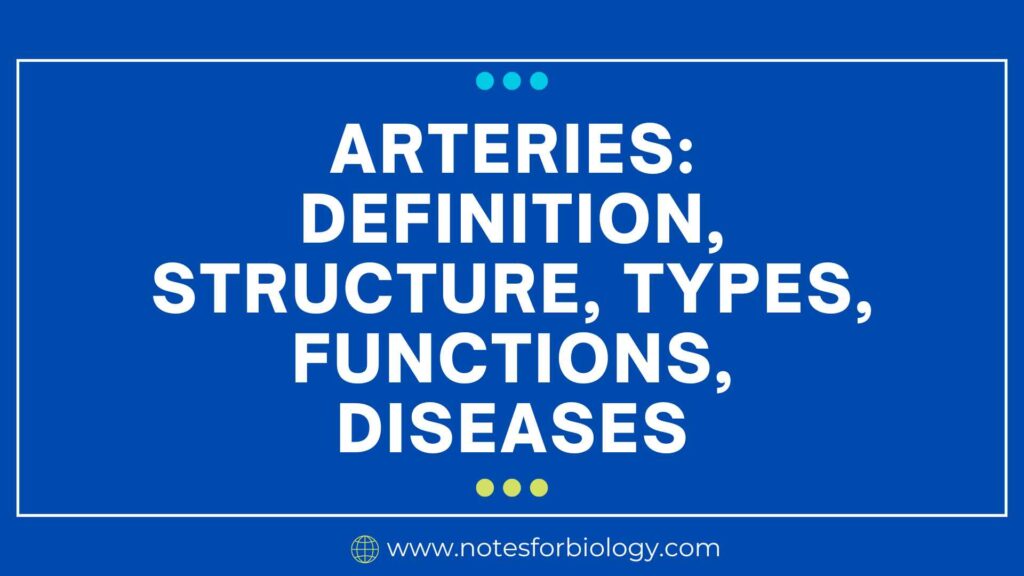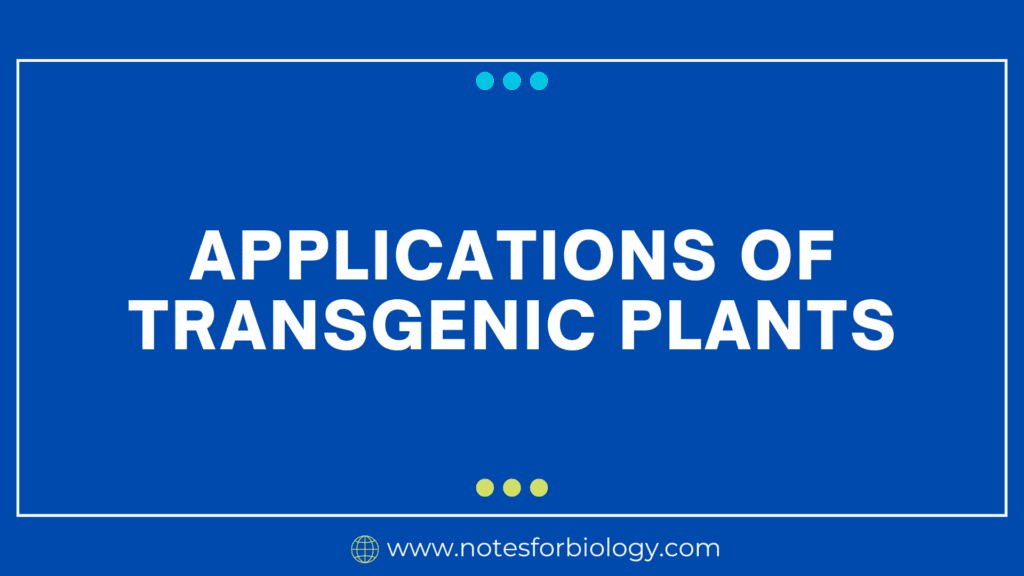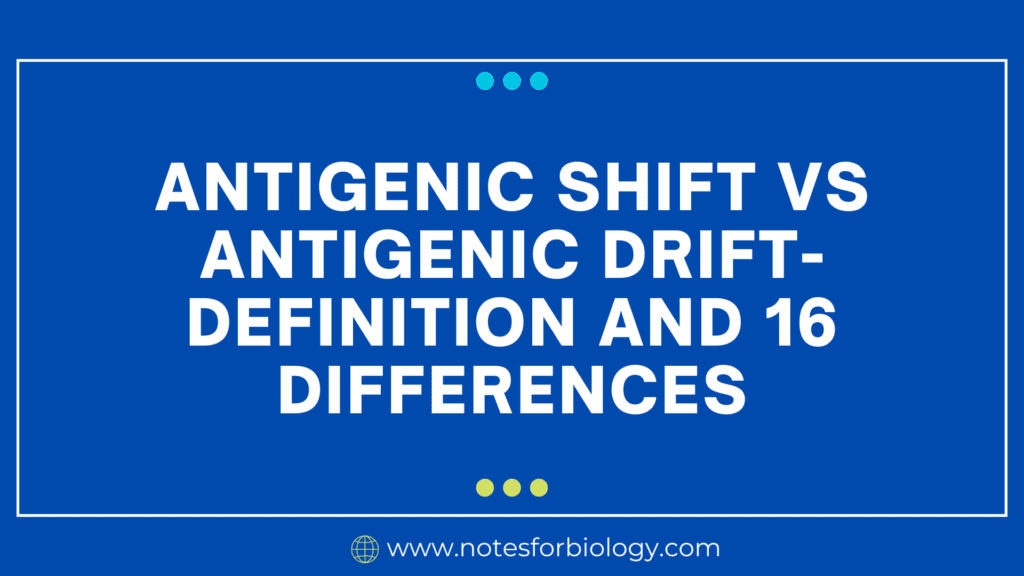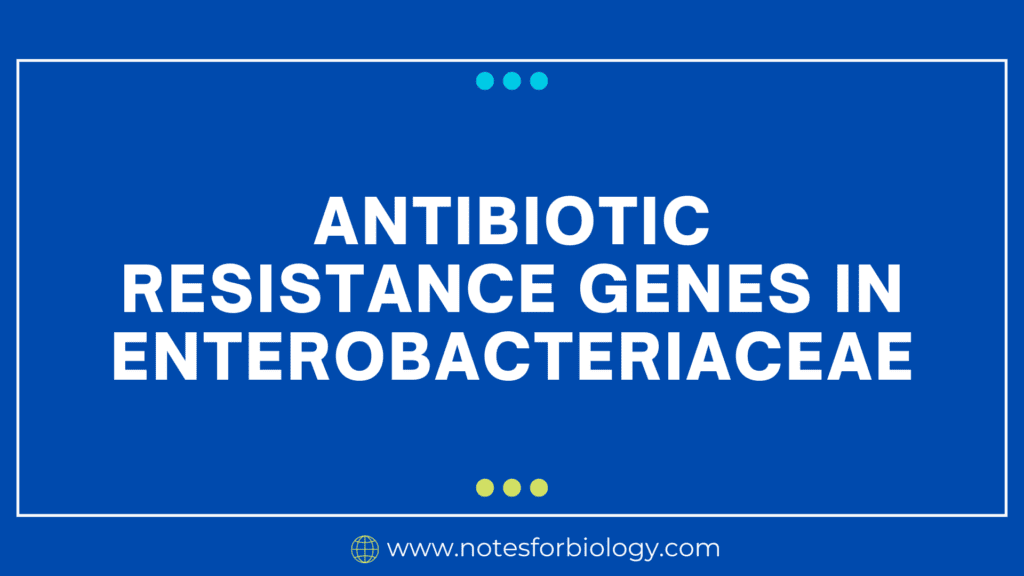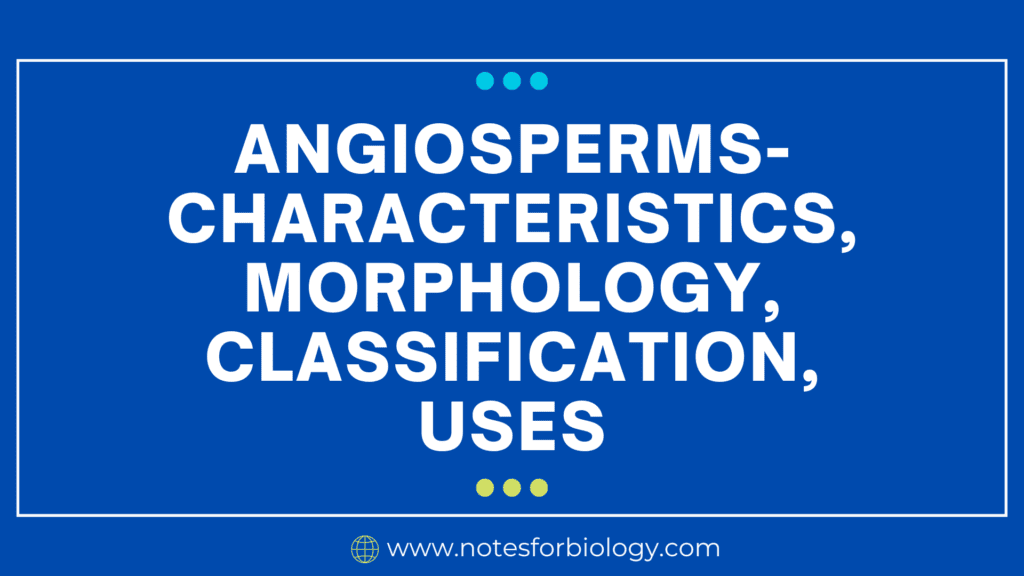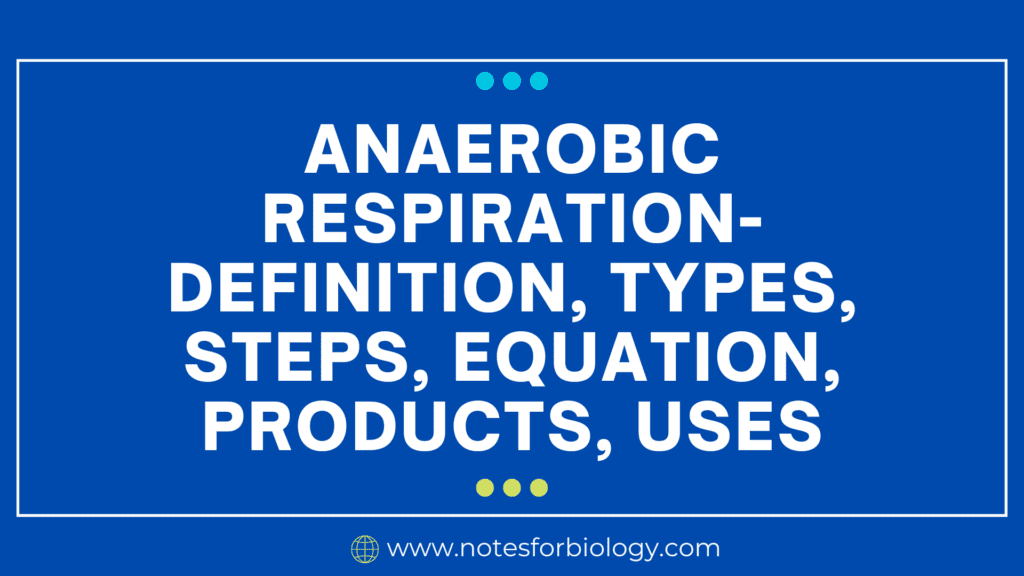Bacteria vs. Virus: 28 Differences with Examples
Bacteria vs. Virus are both germs, their effects on humans, functions, and structures are very different. Single-celled bacteria are adaptable to a wide range of conditions, even harsh ones. They can multiply on their own and have a sophisticated cell wall construction. While certain bacteria are helpful and support functions like digestion, others can lead […]
Bacteria vs. Virus: 28 Differences with Examples Read More »

